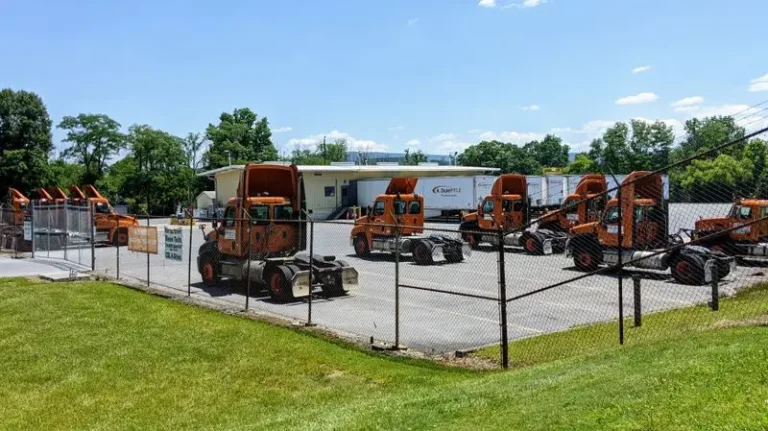
Lessening the Effects of the Driver Shortage on the Aftermarket Supply Chain
With higher demand for goods and tighter transportation capacity, industry sectors must together find a way to get more drivers on the road to bolster the supply chain.
Although the driver shortage has been the focal point of much attention within the transportation and logistics sector, companies across the board are more keenly experiencing the fallout arising from the issue as it affects different elements of the economy. In recent years, the driver shortage has begun to directly impact industries which are more dependent upon prompt transportation services, and the automotive supply chain is unlikely to remain exempt from these trends. The automotive aftermarket industry—a $380 billion dollar industry in the U.S.— is forecasted to globally exceed the trillion dollar threshold by 2022, which makes the accompanying need for reliable and efficient transportation solutions ever more critical. With higher demand for goods and tighter transportation capacity, both sectors must together find a way to get more drivers on the road to bolster the supply chain.
You May Like

A. Duie Pyle Recognized as GEODIS 2025 LTL Carrier of the Year
For the fifth year in a row, the premier transportation provider receives recognition for its on-time performance, connectivity and exception prevention WEST CHESTER, Pa., June 02, 2025 (GLOBE NEWSWIRE) -- A. Duie Pyle (Pyle), a

A. Duie Pyle will add terminals in Maine, Maryland, New York
Dive Brief: A. Duie Pyle will grow its regional LTL network with at least three new terminal openings this year, COO John Luciani told Transport Dive in an interview. The privately-held, family-owned carrier purchased a